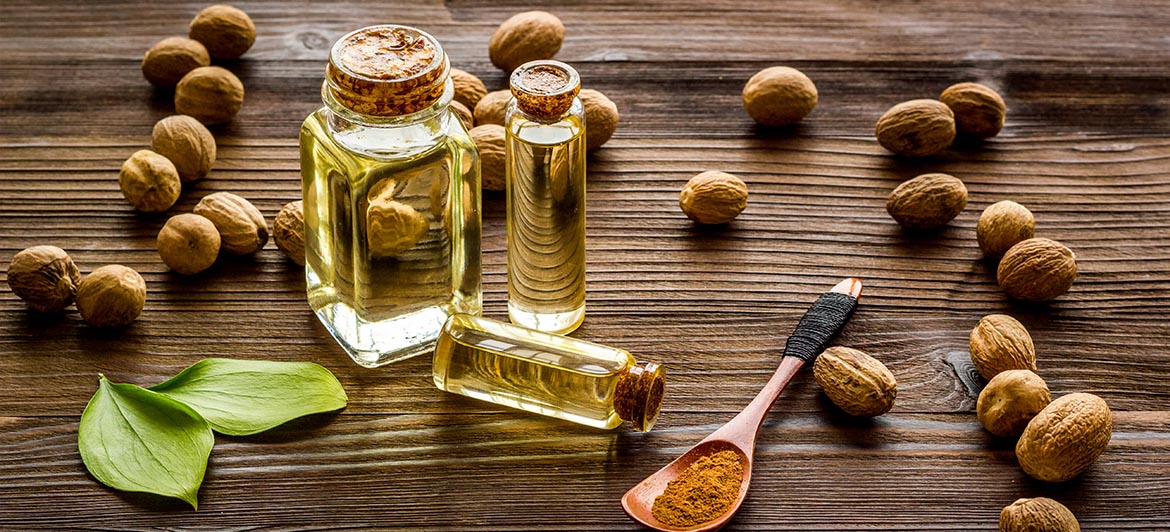Unveiling the Aromatic Majesty of Ceylon Cloves
Apr 22, 2024
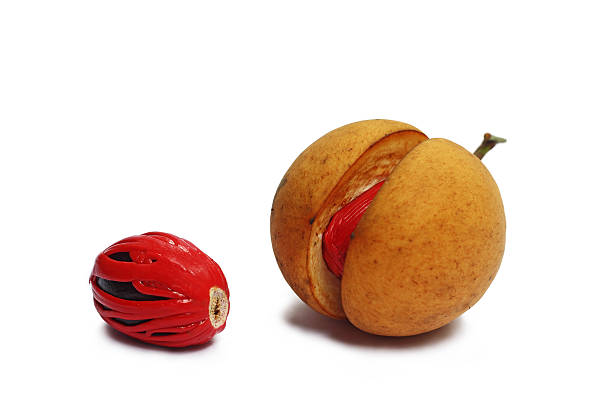
Nutmeg (Myristica fragrans) belongs to the Myristicaceae family. It is a highly valued spice on the world market and is the only tree to produce two separate spices: nutmeg and mace. The fruit has a hard seed called a nutmeg and a lacy red membrane called a mace surrounding it. Nutmeg originated in the Moluccas in eastern Indonesia (Banda Island) and was discovered by the Portuguese. First, nutmeg seeds were spread by the Dutch and distributed throughout the Western Pacific and Asia. It is currently cultivated in various countries including Indonesia, Taiwan, Malaysia, India, Grenada, South America, and Sri Lanka.
Botany, Morphology and Ecology
Nutmeg prefers a temperature range of 22-340C to grow well. Well-drained, fertile soil with high organic content is ideal for growing nutmeg or nutmeg. The most suitable region for nutmeg cultivation in Sri Lanka is the central region (Kandy, Matale and Kegalle) as it prefers a cool climate. Various nutmeg-based products such as nutmeg essential oil, nutmeg powder, and mace are exported from Sri Lanka. The peak harvest season is from June to August.
Nutmeg is an evergreen, perennial plant that grows up to 25 feet tall. The leaves of nutmeg are arranged alternately and shiny, have a shiny appearance, and have a fragrant smell. It is a cross-pollinated plant because male and female flowers do not bloom properly on the same tree. Nutmeg flowers are yellow and are found in small secondary racemes. The flowers are typically found on the same tree with both male and female flowers. The fleshy fruit is a round drupe and is wide with a longitudinal ridge along the circumference. During the seeding process, the color of the fruit changes from green to yellow and the pericarp splits in two to reveal the seeds. Nutmeg seeds are fleshy, hard, whitish, and rich in oil. Red-brown veins are arranged horizontally.
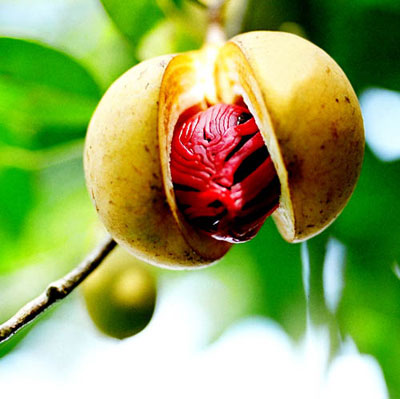
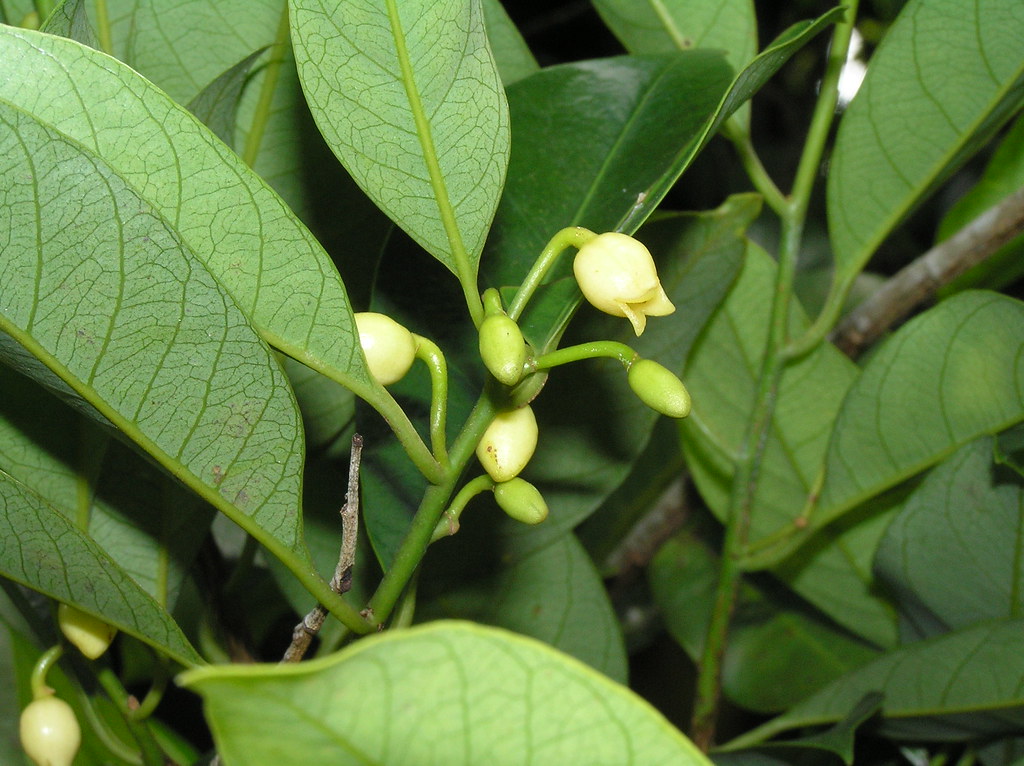
chemical composition
Nutmeg and mace have very similar chemical composition and aroma, but have significant color differences, ranging from bright orange to pale yellow. Nutmeg is composed of starch, lipids, fat (30-40%), essential oil (10%) and protein. Nutmeg has a nutty and sweet taste due to its chemical composition. The distinctive aroma is caused by the presence of essential oils containing terpenes, sabinene, camphene and myrcene. Phenylpropane, alkaloids, flavonoids, tannins and phenolic photochemicals present in nutmeg give it pharmacological value and it is rich in minerals such as Co, Zn, Mn, P and Na and vitamins such as C, A and B. .
Usage
It is commonly used in high-color dishes to provide a bright orange, saffron-like color. Both mace and nutmeg have a variety of uses, from culinary to medicinal. Nutmeg essential oil is used in the synthesis of camphor, plasticizer, base, solvent, perfume and pine oil, to produce cosmetics such as shampoos, soaps and shaving creams. Nutmeg produces a variety of value-added products, including custards, spice cakes, cookies, soups, and cheese.

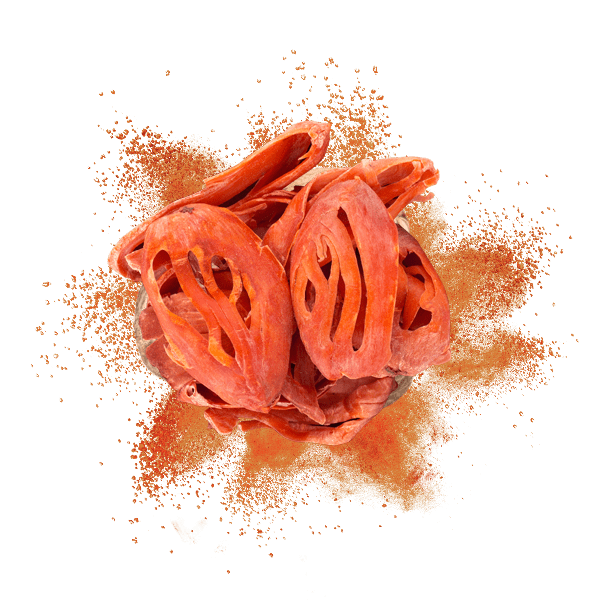
health benefits
Nutmeg contains a variety of antioxidant health-promoting and disease-preventing properties. It has a variety of therapeutic uses in traditional medicine. However, taking high doses can cause lack of concentration, sweating and palpitations, and body aches. Some of the health benefits include:
Used for diseases related to the digestive and nervous systems
Pharmacological properties
